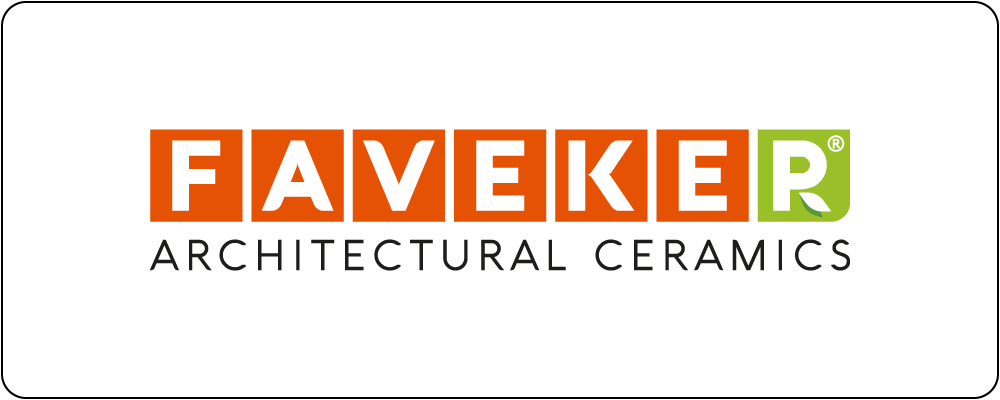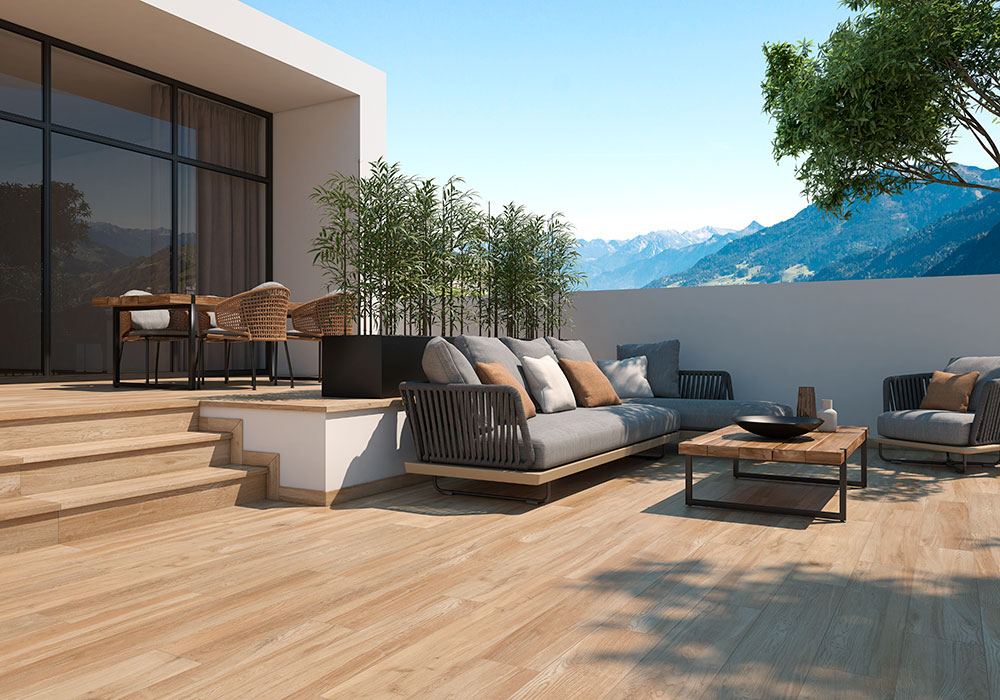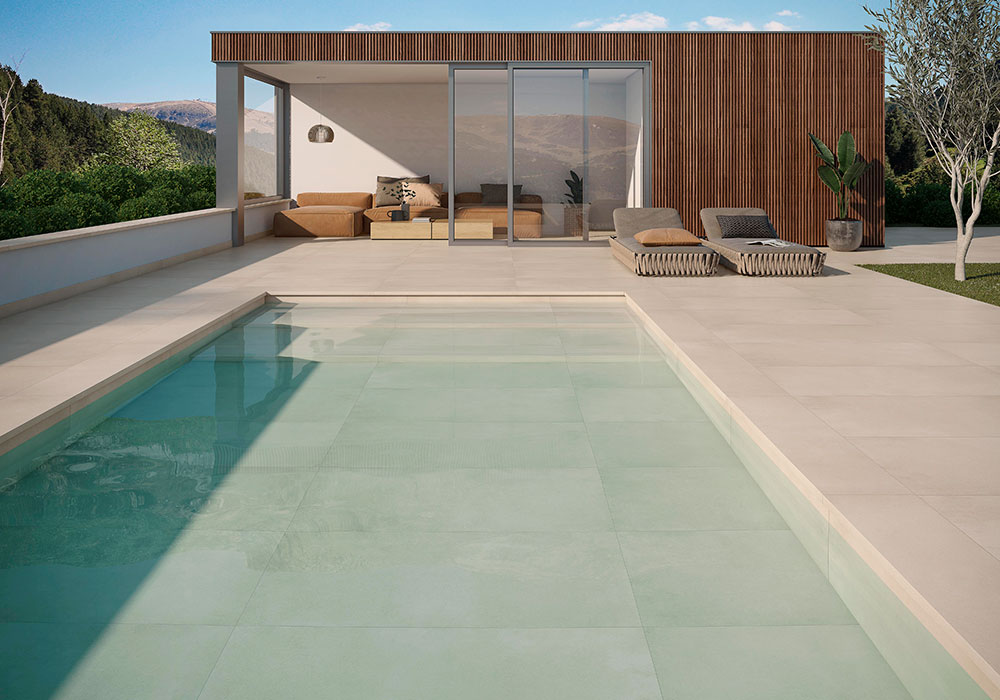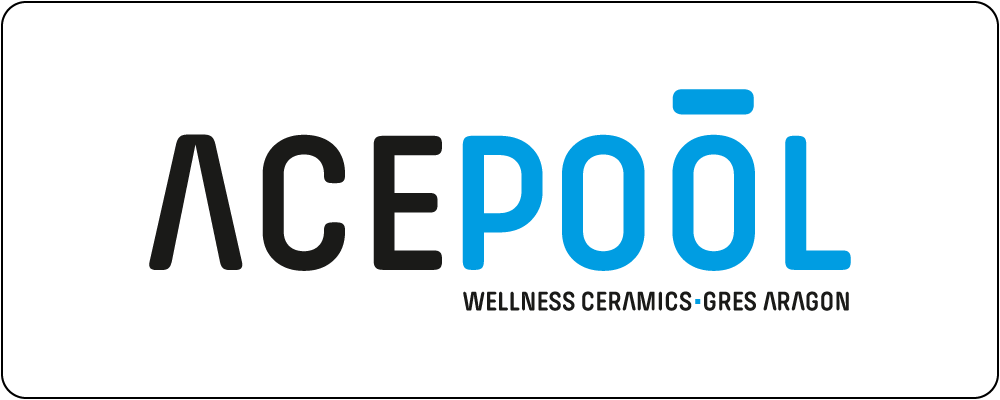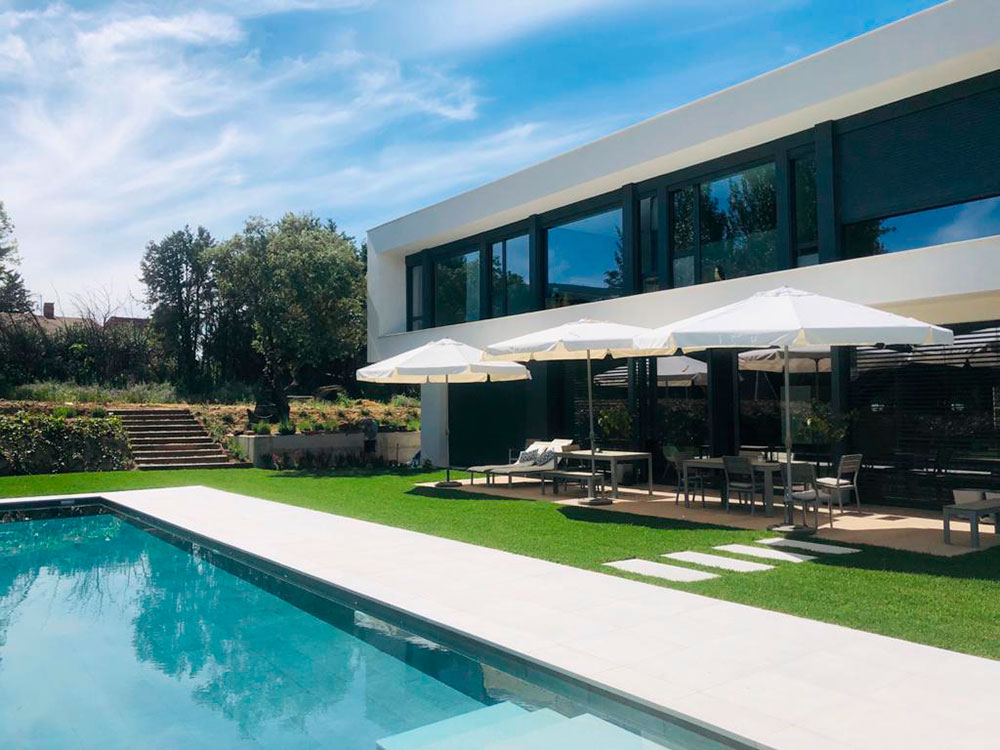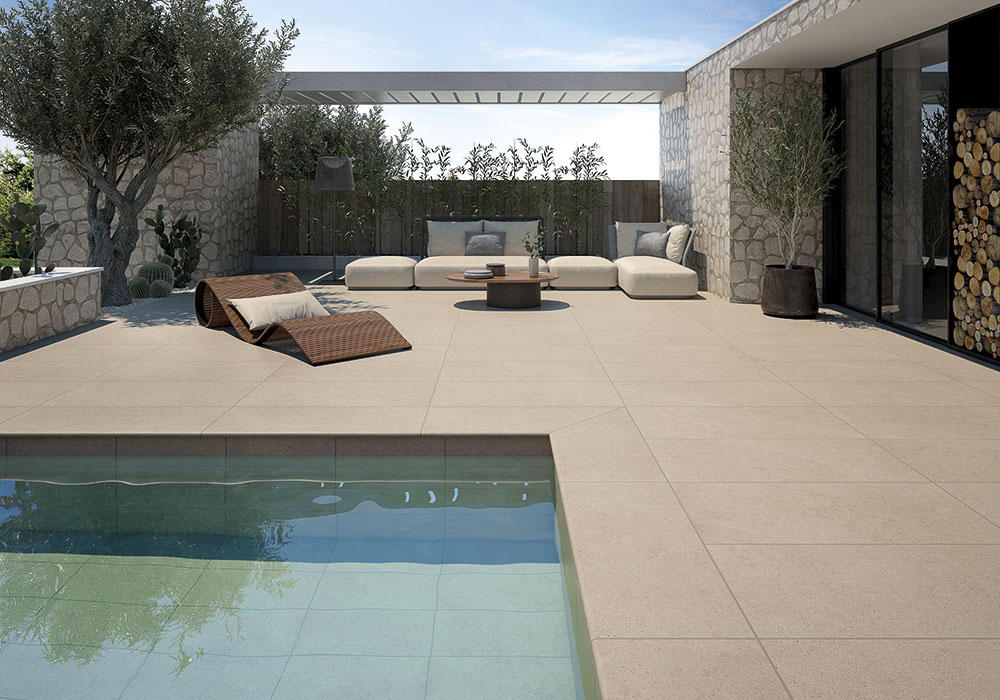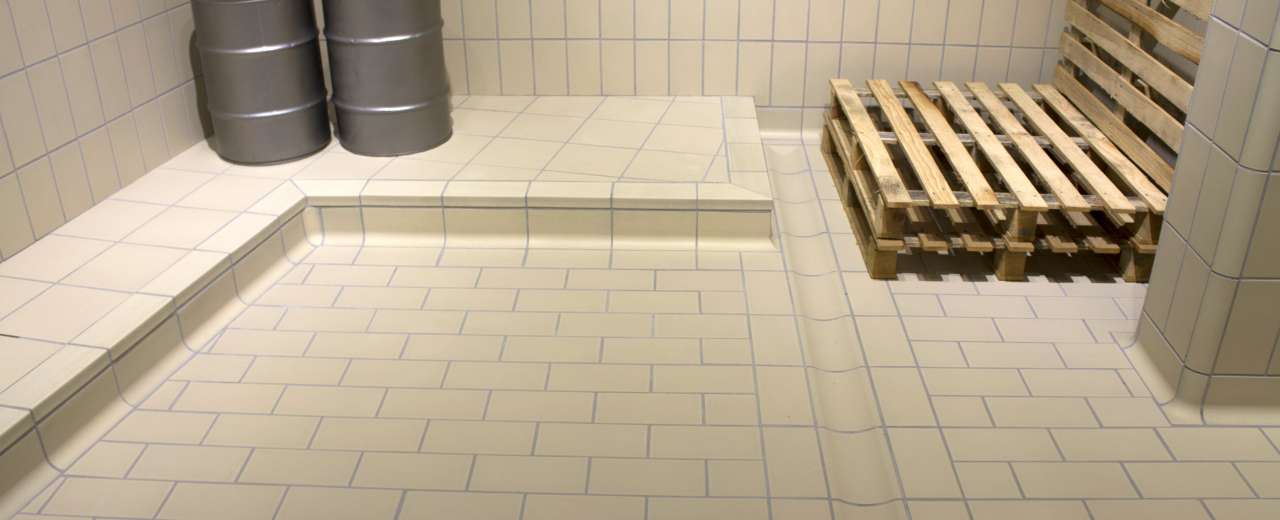ANTIBACTERIAL FEATURES ON CERAMICS AND DANGEROUS ADDITIVES (TIO2)
Antibacterial flooring tiles are a great solution in order to increase hygienical conditions, both in critical environments (hospitals, old peoples’ home, aquatic facilities…) and private houses. In addition, to be effective, it is required to use a grouting material with the same antibacterial characteristics. Nevertheless, attention has to be payed, one of the most common additives used for this purpose is titanium dioxide (TiO2).
This additive has several usages, ranging from food industry, paints, sun skin protectors, toothpaste to ceramic industry. It is in this ceramic field where it is used to provide antibacterial and self-cleaning features through a process commonly known as “photo catalysis”.
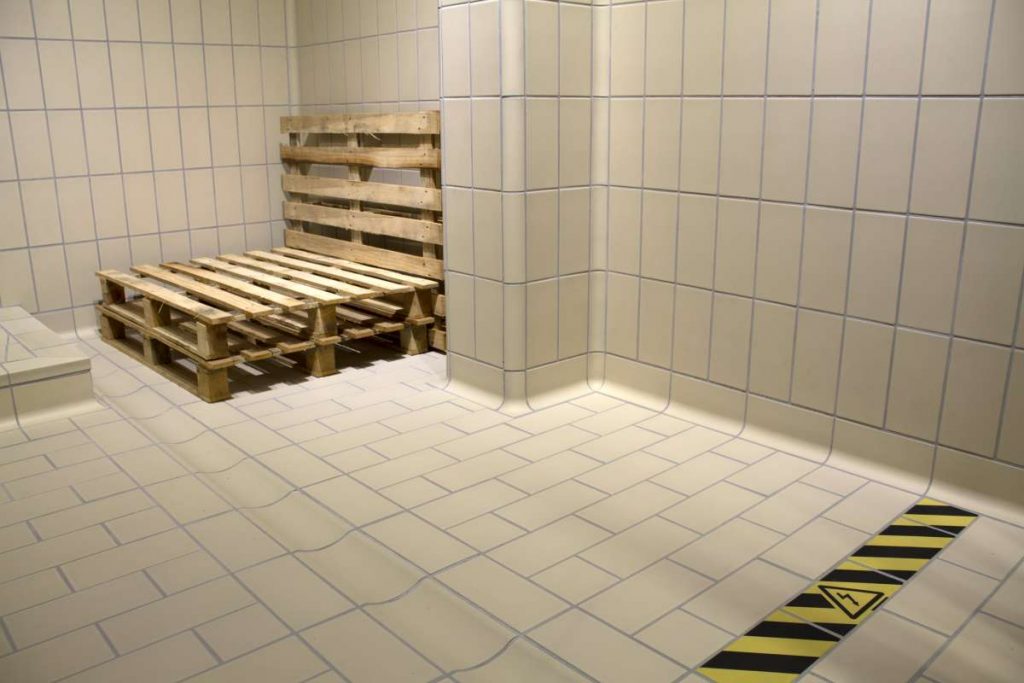
Special attention is required regarding this additive because ECHA (European Chemicals Agency) ECHA (European Chemicals Agency) is considering this substance, in all its forms, as a suspected carcinogen by inhalation. However, it is not a question to demonise titanium, which has also benefits in other forms and usages. The danger of this compound comes by inhalation, what means that powder presentation is especially dangerous (even, of course, in nanometric forms).

So, the danger in the ceramic sector comes out when handling the powder during the production process of ceramic products containing this additive, as well as in the tiling process, while cutting and milling where powder containing TiO2is produced. powder containing TiO2is produced.
In 2006, the IARC (International Agency for Research on Cancer) – a body related to the World Health Organization- declared TiO2 as possible carcinogen for humans after animal testing. Now the European Commission is evaluating to include this classification in product labelling. Debate about how it will affect consumers is open now.
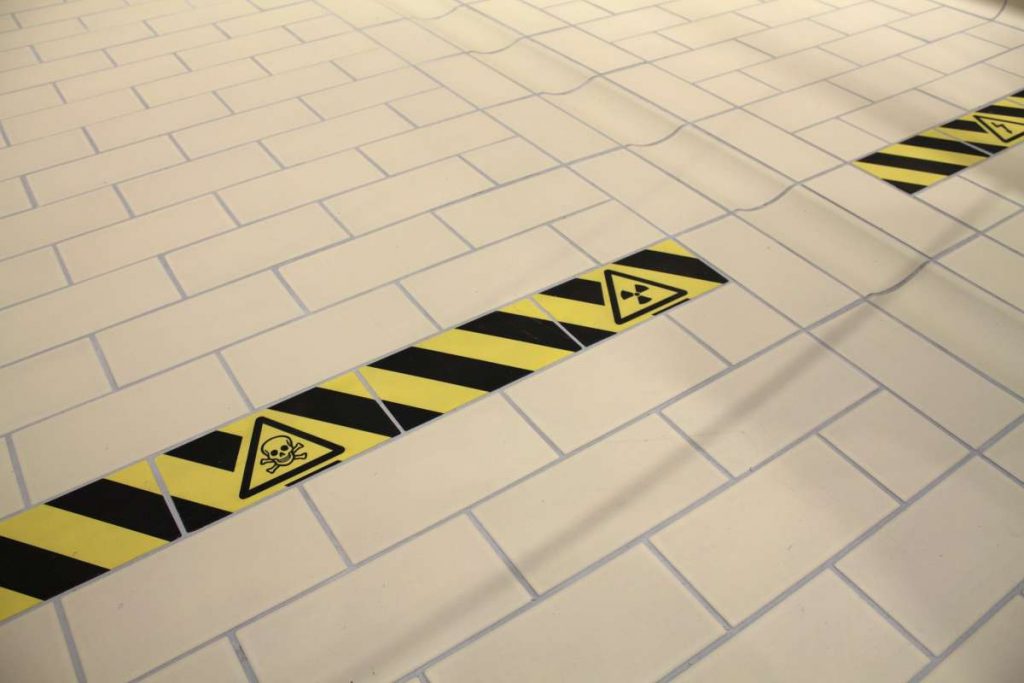
En Estados Unidos, algunas empresas ya han dado pasos para eliminarlo de sus productos en el marco de sus políticas de responsabilidad social corporativa, adelantándose así a cualquier posible normativa. Por su parte, en Europa también hay alguna empresa que sigue estos pasos, aunque parece que pesa más discutir sobre una normativa. En este sentido, Francia ya lo ha prohibido en 2020 para la industria alimentaria.
The fact is that there are more options capable of providing antibacterial features and at the same time avoiding the described risks. Antibacterial Bioklinker® treatment used by Gres Aragon is free of Tio2.It is based in Silver (argentum) compounds. It is a safe and effective option added to antibacterial floors, facades…

In addition, it doesn’t requires UV light to produce bactericide and fungicide effect (commonly known as “photo catalysis”), working well even without light, and acting on a wide range of pathogen agents. According to the requirements of standard test JIS Z-2801:2010 (ISO 22196), whose parameter R, bactericide effectiveness index, must be higher than 2 to consider a surface as antibacterial. This could therefore mean that in 24 hours a 99% of bacteria are removed from said tested surface.
In conclusion, Gres Aragón Bioklinker® antibacterial flooring is an optimal solution to increase hygiene
Browse for further information:
https://echa.europa.eu/es/home
https://elpais.com/elpais/2019/06/18/buenavida/1560873043_959666.html
José Manuel Grao Blasco
Contract and Innovation Manager
